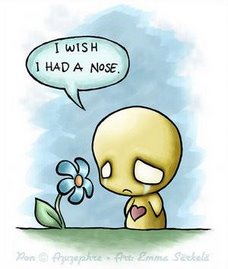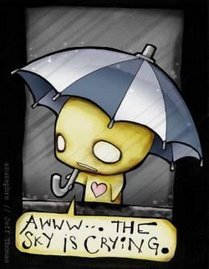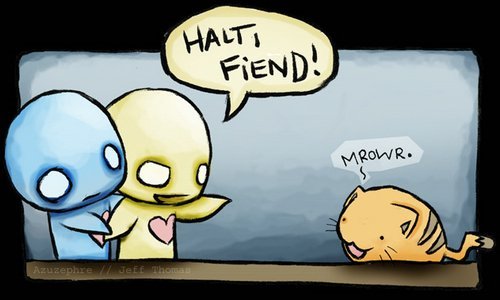Our school held a Sustainability Fair yesterday, April 20th. The various booths helped to inform the kids at our school about what harmed our environment and what we could do to help the Earth and sustain ourselves.
One of the most popular booths at the fair involved answering questions about how long it took for a certain material to degrade, how much power they could provide, and various other facts that taught us how much reusing, recycling, and reducing waste mattered. Answers to the questions were around the area on colorful and creative posters so you'd learn more than that one answer while you looked around. (Some examples: By recycling an aluminum can, you can power a T.V. for 3 hours. 84% of household wastes can be recycled.) The prize was a plastic Starbucks cup that you could fill with soda at the cafeteria for 50 cents (as opposed to the usual 70-cent price). Inside was a slip of paper that told you "using it 1000 times would eliminate 405.26 lbs of green house gases, prevent 61.9 lbs of solid waste, and save $642.50 worth of cups!"
Another exhibit showed how much power we used and the alternatives we could use instead. Facts were put up, again, on bright posters that flipped up to show exactly how many people it would take to power a certain appliance. The front showed a picture of the appliance and it's name and when you lifted it it showed a certain number of 'working' faces with the number in bold below. In this way, you could visually see how much energy each appliance used and you could easily compare. Some examples:
~ Air conditioner: 56 people
~ Hairdryer: 60 people
~ Medium sized T.V: 5 people
~ Refrigerator: 23 people
~ Lawn Mower: 120 people
~ Computer: 11 people
~ Washing machine: 48 people
~ Dryer: 200 people
~Dish washer: 40 people
~ Game console: 8 people
The exhibit also had a bicycle you could ride that powered three light bulbs when pedaled and a number of hand-made, battery-powered stuff you could turn 'on' by taking a wire and touching it to the other end of a battery. One I particularly remembered was a whisk that when powered, would spin in a similar motion to a blender.
Some other interesting sites included:
~A booth that supported the use of hemp bags. (It takes 300 years for a plastic bag to degrade.)
~A worm tank that showed how worms can attribute to breaking down wastes. (Some things worms can eat: cardboard, dryer lint, vacuum dust, Kleenex, napkins, magazines, etc.)
~A display that taught about the old Hawaiian systems that helped sustain
~ A display that showed how Ms. Carroll's 5th grade class adopted three Sumatran tiger with money they raised by recycling.







No comments:
Post a Comment